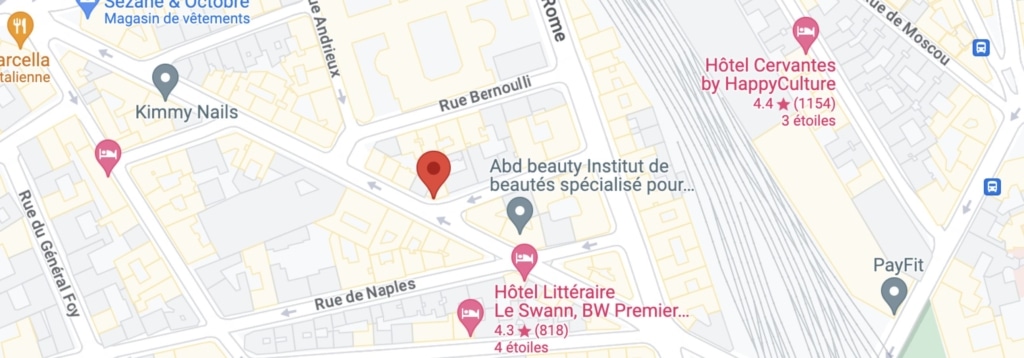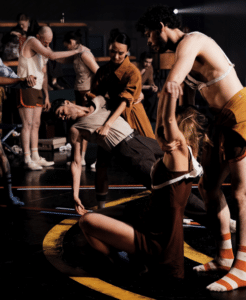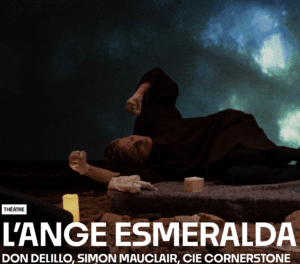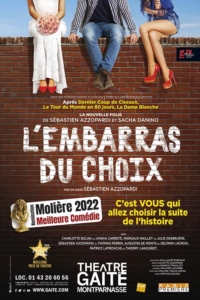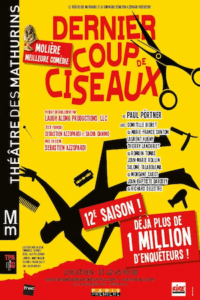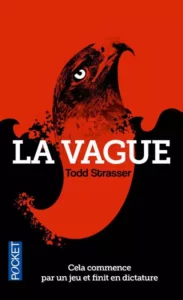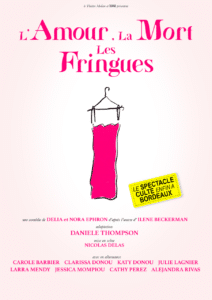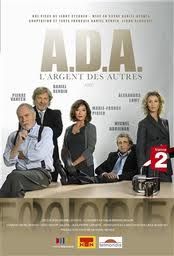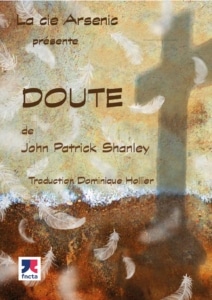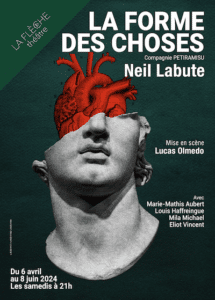L’agence
Dominique Christophe l’Agence représente des auteurs de théâtres français et étrangers en œuvrant à la production de leurs pièces à travers le monde.
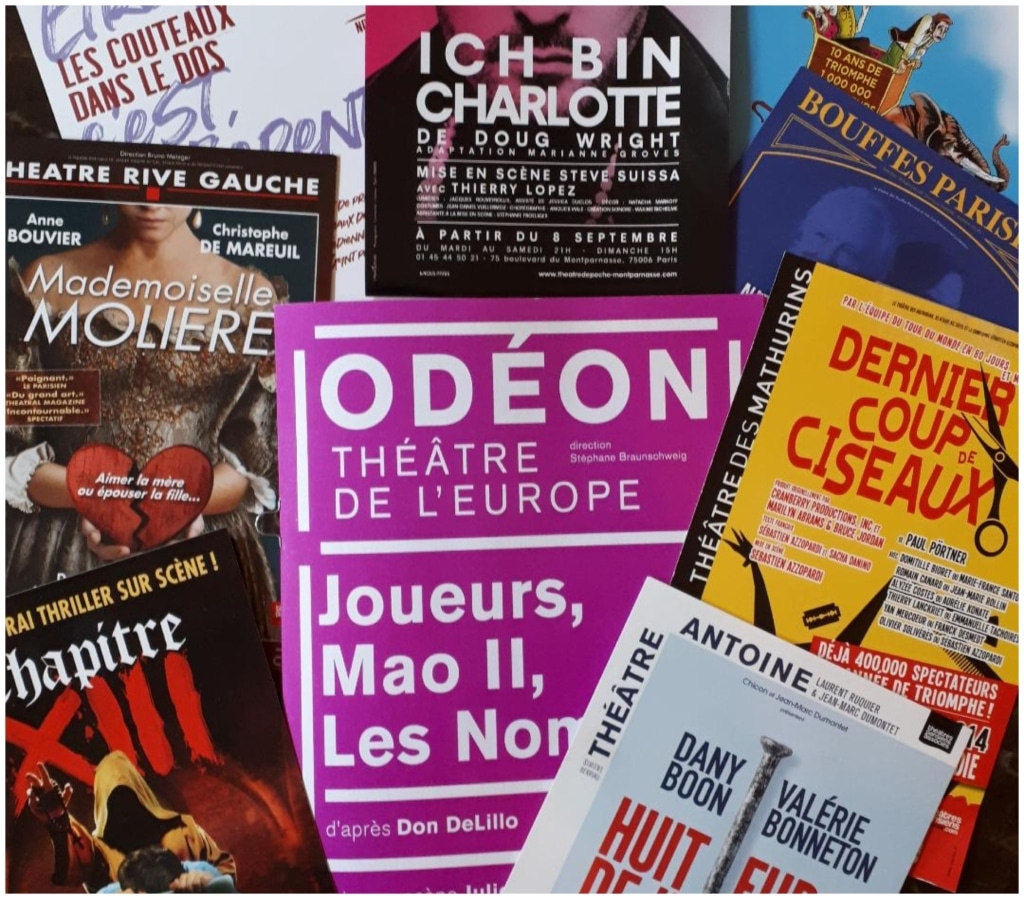
L’équipe

Dominique Christophe
Fondatrice
En 2009, Dominique Christophe quitte l’agence artistique VMA (Voyez mon agent) pour fonder sa propre agence.
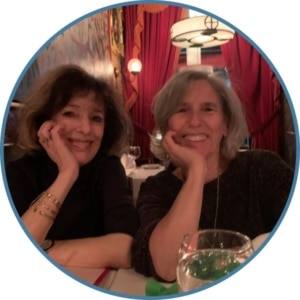
Tonda Marton & Joan Hirsch
Agents partenaires USA
En 1992, Tonda Marton prend la succession de sa tante Elisabeth Marton à la tête de The Marton Agency fondée en 1953.
Nos bureaux
Paris
14 rue de Constantinople
75008
Paris
Tél. : 09 62 33 91 10
